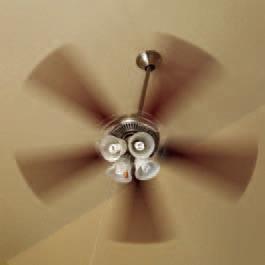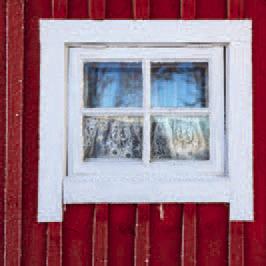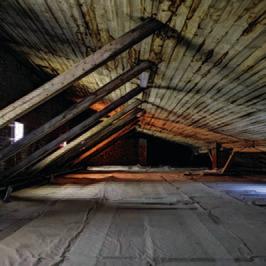Take Care of Texas
In Texas, heating and cooling account for as much as 40% of your home's energy usage. With the arrival of colder weather, it can be tempting to accept the higher energy costs that come with cranking up the thermostat. Luckily, there are many ways you can cut your en- ergy consumption and stay warm this winter. Check out these tips to save money and energy as the mercury drops.
Great Ways to Keep Warm 1. Open your curtains or blinds during the day to allow sunlight to naturally heat your home through windows. Close the curtains at night to help reduce any chill you feel and help seal in the warmth. 2. Reverse your ceiling fan to force the warm air near the ceiling down into the living space. We all know that warm air rises, so reversing the fan will circulate that warmer air. Most ceiling fans have a switch on one side of the fan or on the wall. The fan's blades should be spinning in a clockwise direction at low speed to circulate warmer air downward. 3. Make sure all air vents are clear of any furniture or rugs to
improve air flow and comfort. A vent that is blocked with a bed over it or a couch in front of it can - not adequately allow air to flow into the room. A well-designed HVAC system is designed to work best with all the vents open and unobstructed all the time, so don't close vents. 4. Check and replace your HVAC system's filter regularly. The system will work harder if it must push air though a filter that is clogged up with pet hair, dust, pollen, and general household de -
tritus. An obstructed filter makes your energy bill higher and leaves you feeling less comfortable than
you expect for how hard your house is working to heat up. 5. Set your thermostat as low as comfortable when you are home. To save 10% on your heat ing costs, lower your thermostat 1015 degrees while you are sleeping, or for about eight hours each day. Take advantage of the programming capabilities of your thermostat with this quick video from the US department of Ener - gy < https://www.youtube.com/ watch?v=lL4U3EY1VmQ>. If you're regularly out of the house the same hours each week, or go -
ing on vacation, allow the system to work at a bare minimum dur -
ing those hours and warm back up only when you're about to arrive home. 6. Check your home for air leaks. Windows, doors, electrical outlets, vents, and attic access panels can let chilly drafts into your house. You can hire a profes - sional who will thoroughly exam -
ine your house, or you can find and fix many leaks yourself. 7. Add caulk or weather strip - ping around windows and doors. Sealing with caulk is simple and inexpensive. It can be a little messy, but smoothing down a
clean, even line of caulk is a very satisfying feat. Cover drafty windows with heavy-duty plas - tic, insulating drapes, or shades. Dense drapes and shades can make a big diuerence, which is why you see tapestries in chilly northern European castles. 8. Seal your duct system to make your HVAC 2030% more ecient. A cold duct in a cold space pushing warm air into your house is not going to warm you up euectively. Check which ducts are in non-air-conditioned spaces-such as your attic or garage-and consider sealing and insulating them. 9. Consider replacing your screens with storm windows in
the winter. These will add an extra layer of protection against the elements. Another quick, tem -
porary insulation hack is to apply plastic film inside your window frames. If your windows are old and thin, all new windows will be a major improvement to your quality of life and your property value. Consider that as your next big investment. 10. Check your attic for su - cient insulation. It's always help - ful to peek in the attic to survey the amount and distribution of insulation. Your attic insulation should be appropriate for where you live, and Energy Star has a helpful guide with a map to assist you in finding the right amount.




